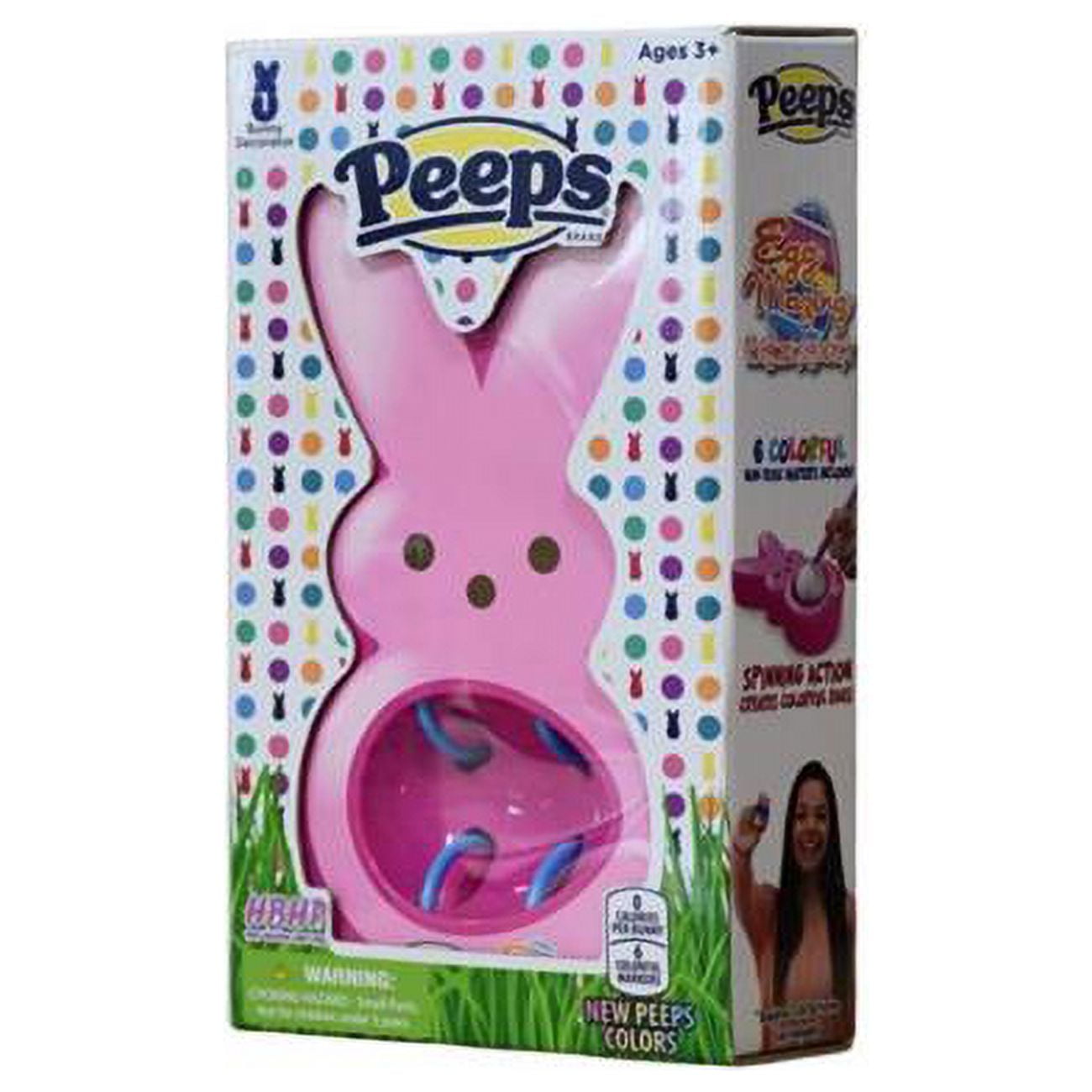Have you ever wanted to add an extra layer of functionality to your functions without modifying their structure? If so, the Peeps egg decorator in Python could be the perfect solution for you. This guide will dive deep into what Peeps is, how to use it, and why it can enhance your coding experience.
What is the Peeps Egg Decorator?
The Peeps egg decorator is a powerful tool in Python that allows developers to modify the behavior of a function or method. It is particularly useful in web development, where it can be used to add functionalities like caching, logging, or even authentication directly to your functions.
Understanding Decorators in Python
Before diving into Peeps, let’s recap what decorators are. A decorator is a design pattern in Python that allows you to wrap another function to extend its behavior without permanently modifying it. This means you can enhance functions without changing their code.
How Decorators Work
In Python, decorators are implemented as functions (or classes) that return a wrapper function. Here’s a simple example:
def simple_decorator(func):
def wrapper():
print("Something is happening before the function is called.")
func()
print("Something is happening after the function is called.")
return wrapper
@simple_decorator
def say_hello():
print("Hello!")
 say_hello()
say_hello()
When we call `say_hello()`, it outputs:
Something is happening before the function is called.
Hello!
Something is happening after the function is called.

Introducing Peeps Decorator
Peeps adds a layer of utility that can simplify various tasks in your Python code. It is part of a broader library that provides multiple decorators to enhance your workflow, particularly in Django and Flask applications.
Key Features of the Peeps Decorator
Peeps comes packed with features that can make your coding experience smoother. Here are some key benefits:

- Code Reusability: Write once, use everywhere!
- Enhanced Readability: Keep your functions clean and focused.
- Seamless Integration: Works well with other Python libraries.
How to Use the Peeps Decorator
Integrating Peeps into your projects is pretty straightforward. Here’s a step-by-step guide to help you get started:

Installation
First, ensure you have Peeps installed. You can install it using pip:
pip install peeps

Basic Usage
Once you have Peeps installed, you can start using it in your functions. Here’s a basic example:
from peeps import your_decorator
@your_decorator
def my_function():
print("Function executed!")
 my_function()
my_function()
Example: Logging with Peeps
Using Peeps for logging can help track function usage and performance:
from peeps import log
@log
def compute():
print("Computing something...")
compute()
Comparison Table: Peeps vs. Other Decorators
| Decorator | Use Case | Ease of Use | Library Support |
|---|---|---|---|
| Peeps | General purpose, logging, caching | Easy | Strong support for Flask/Django |
| functools.wraps | Metadata preservation | Medium | Standard library |
| Flask decorators | Routing, middleware | Easy | Flask framework only |
Pros and Cons of Using Peeps
Pros
- Flexible and versatile, works with various use cases.
- User-friendly and enhances code clarity.
- Robust community support and documentation.
Cons
- May require understanding of decorators for effective usage.
- Performance overhead for some complex decorators.
- Limited to Python projects; not applicable for other languages.
Personal Experience with Peeps
As a developer who has used Peeps in multiple projects, I can confidently say that it has transformed the way I handle function enhancements. In my recent web application project, using Peeps for logging enabled me to track function calls efficiently. This not only improved my debugging process but also enhanced the overall performance of my application.
Before using Peeps, I struggled with repetitive code. However, after integrating it, I noticed a significant decrease in boilerplate code, which made my project easier to maintain. My colleagues appreciated the increased readability of our code, allowing them to understand the functionalities faster.
Common FAQs about the Peeps Egg Decorator
What is the main advantage of using the Peeps decorator?
The primary advantage of using the Peeps decorator is its ability to enhance function behavior without modifying the function code directly, which promotes cleaner and more maintainable code.
Can Peeps be used in any Python project?
Yes, Peeps can be integrated into any Python application, though it is particularly beneficial in web development frameworks like Django and Flask.
Is there a performance hit when using decorators like Peeps?
There can be a slight performance overhead, especially with complex decorators; however, the benefits in code management often outweigh these concerns.
Are there any alternatives to Peeps?
Yes, alternatives include built-in decorators like those from the functools library, but they may not provide the same level of functionality or ease of use as Peeps.
How does Peeps compare to Flask decorators?
Peeps is more general-purpose, while Flask decorators are specifically designed for use within Flask applications, providing middleware capabilities and route management.

